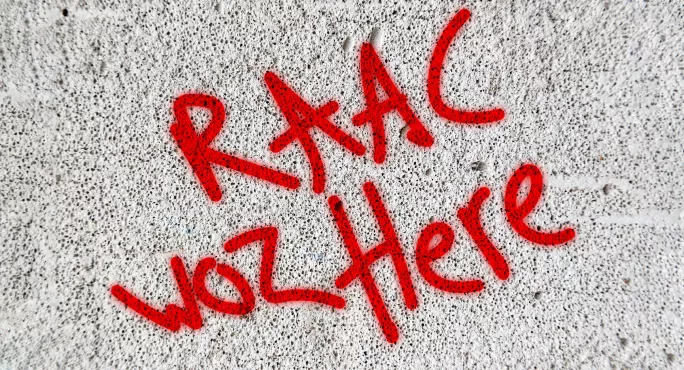Why schools must take the RAAC danger seriously

Late last year the Department for Education issued school estates guidance on reinforced autoclaved aerated concrete (RAAC) panels.
The publication of this guidance was well-timed, considering that the DfE has also released a questionnaire for all schools, multi-academy trusts and local authorities to complete that delves into the presence of RAAC and what we are doing to manage the risk.
The deadline for the questionnaire to be returned is coming up soon, on 28 February 2023.
It’s a niche topic - but an important one - so here is what everyone in education needs to know.
What is RAAC?
RAAC is a lightweight form of concrete panel that was used in construction for many years. It is very different from the concrete panels used today due to its aerated, bubbly appearance and porous properties.
Because of the porous nature of this concrete, the steel reinforcement contained inside is less protected and can be subject to corrosion or rusting due to exposure to moisture - this means its structural integrity can be compromised.
The seriousness of this issue was made clear by an alert published in 2019 by the Standing Committee on Structural Safety (SCOSS) in response to the sudden collapse of a roof in an operational school.
Within the context of this, SCOSS stated that it estimated the useful life of these panels to be around 30 years. RAAC was used in various construction between the 1950s and the mid-1990s, so it is obvious why it is at the forefront of the DfE’s mind today.
The characteristics of RAAC make it potentially dangerous when left unmonitored and unmanaged, and this is why the DfE is now collecting masses of data on its presence and what schools and trusts are doing to manage the situation and the risk presented.
What do schools need to do?
The guidance issued by the DfE is well-detailed in the steps it expects schools to take, so I would recommend reading this as a priority.
The guidance contains a simple flowchart and a more detailed five-step process later on.
The first step involves gathering buildings data and identifying the age of the buildings on your site, as the age will initially determine how likely it is that RAAC is present.
The DfE then suggests that a visual inspection should be carried out. It advises that this can be done by someone who has responsibility for buildings or estates management as well as the day-to-day running of the school.
It also suggests that, depending on this person’s experience, advice may be required from a buildings professional.
Please be sure to refer to your asbestos documentation prior to completing any review and ensure that any area requiring inspection has been fully accessed, tested (if required) and checked in your asbestos register.
If RAAC is suspected, the DfE advises appointing a structural engineer to further inspect and test for confirmation of RAAC presence. The engineer should gather more detail on the location, quantity, condition and type of structure.
Once this information is gathered, it will form a “Management and Remediation Strategy” document and it is from this point forward that you will be required to formally inspect and rectify issues that arise.
It is worth noting that the DfE provides contact details for additional support, should you find RAAC that results in your building being condemned and the school requiring temporary accommodation.
The guidance also provides photographs that illustrate the properties of RAAC and what to look for.
Why schools must think carefully
It is really important to consider who you appoint in-house - if you choose to do that - and whether they have the relevant technical experience that qualifies them as the right person.
If your school does not have the right person then the job should be outsourced to a qualified professional who has experience of dealing with RAAC.
This, of course, comes at a cost at a time when pressures on school budgets are already high. Given the risk, though, it’s not something that should simply be dismissed as “too expensive”.
It is also worth noting that the DfE questionnaire does not expect for this work to have already been undertaken. However, the questions ask for detail on whether you are planning to inspect your premises and the timescales for completing that - so it wants you to have a plan.
Amy Neeves is head of estates and capital programmes at the David Ross Education Trust
Register with Tes and you can read two free articles every month plus you'll have access to our range of award-winning newsletters.
Keep reading with our special offer!
You’ve reached your limit of free articles this month.
- Unlimited access to all Tes magazine content
- Save your favourite articles and gift them to your colleagues
- Exclusive subscriber-only stories
- Over 200,000 archived articles
- Unlimited access to all Tes magazine content
- Save your favourite articles and gift them to your colleagues
- Exclusive subscriber-only stories
- Over 200,000 archived articles
topics in this article



